When it comes to 3D, most people are familiar with the type that requires you to wear a pair of glasses and things are tinted in reds and blues. This type of 3D is called Anaglyph. An alternate means of viewing 3D are stereographs, where two slightly different photographs were printed on a card side by side. You were meant to look at the two images and cross your eyes, and supposedly you could see the image in 3D.
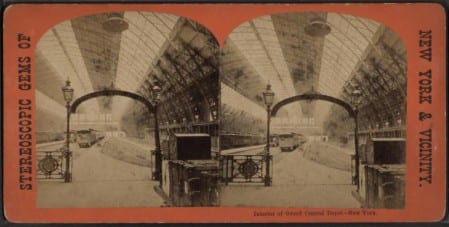
An example of a stereographic card
I say “supposedly” because I can’t see these 3D things, so really I am not sure. All these new movies coming out in 3D? Yeah, I’m deprived. I am an amblyope, and am essentially blind in my left eye. I can see small bits of color in large blurs, but not very much. Since you need two good, working eyes to see most types of 3D, I’m out of luck.
Historically, stereographic cards seemed to be pretty popular. The New York Public Library has a collection of quite a few of them, and many were taken of the old Grand Central Depot in the 1800’s. However, in order to simulate the 3D illusion, you can quickly animate the left and right sides of a stereograph together. So I figured I’d try it out with a bunch of the old railroad stereographs I had found. And on some it works pretty well. The technique seems to work best when there is something somewhat close in the foreground of the photo, which you can focus on. That is why the indoor images look better than the exterior images, where everything is rather far away and there isn’t a lot of depth. If you focus on the part of the image that doesn’t move much, you should be able to see it better. If it doesn’t work for you… well, I guess you get to see some jumpy old photos of a long-demolished train station of New York City. Click on each image to see the effect.
Quick Info: Grand Central Depot was built in 1871. It was replaced in 1913 by Grand Central Terminal, which is what we’re familiar with today.
Animated Stereoview Page in the Historical Archives


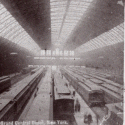
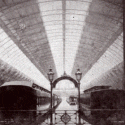
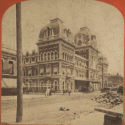
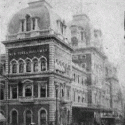
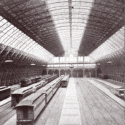
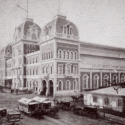
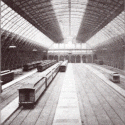
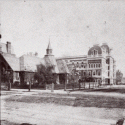
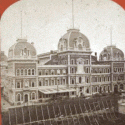
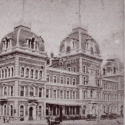
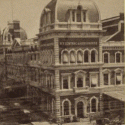
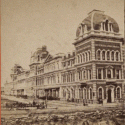
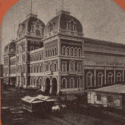
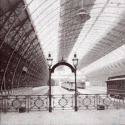
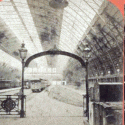
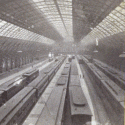
This reminds me of a short bit of stuff you might (or might not) find amusing.
My grandmother has had one eye since losing one as a baby. She was talking about living with that one eye for so many years (she is currently 104) and she bemoaned the fact that she had no idea what 3-D was. Her son, my Uncle Rick, had the quick comeback: “No big deal. It’s only one D more than what you see.”
Wow, I had no idea about your eye. I would think that more than anything, that’s just super annoying – to see with so limited vision out of that eye must be more irritating than seeing nothing. I’m sorry you have to deal with that. I dated a guy who was legally blind in one eye and said it was like seeing TV static out of that eye. I can’t imagine getting used to it and just focusing on the good vision but I guess you do what you have to do. And it never even occurred to me that 3D would be unviewable for people with that condition. Anyway, these photos were neat and I enjoyed the shaky quality to them. I wonder what GCT has planned for their centennial in a few years. I’m so excited!
Cool blog. I thought I’d pipe in to let you know that stereoviews weren’t “meant” to be viewed with crossed eyes, although that’s how I look at ’em. Anyone with a stereoview collection (back in the days when stereoviews were the cutting edge of entertainment) likely had a stereo viewing device, which brought the images into 3d for you. See: http://www.antiquemystique.com/images/6747_jpg.jpg